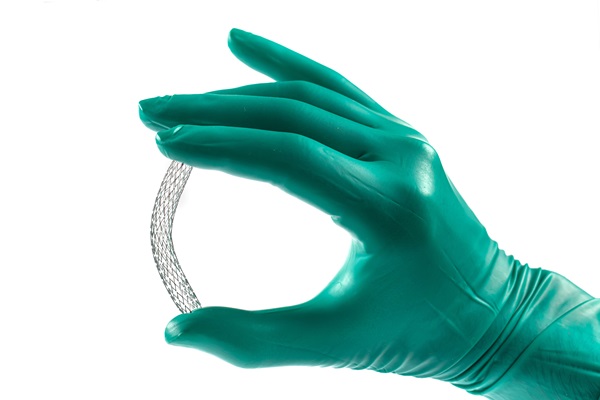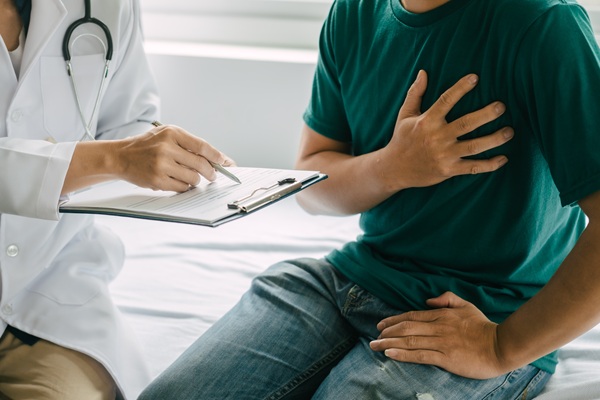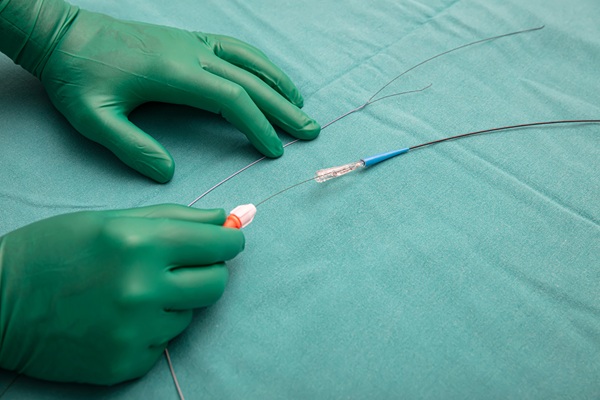Tips for Recovery and Maintenance After a Coronary Stent

Recovering from a coronary stent procedure can take some time. However, this period can be shortened if the patient follows their postoperative care instructions carefully. It can also help to follow common recovery and maintenance tips.
5 tips to follow after a coronary stent procedure
Take it slow right after the procedure
Patients can return home the day of the procedure or the day after getting a coronary stent. However, it is important to take it easy in the hours and days following the procedure. Many patients find having a loved one caring for and staying with them helpful. Chances are the patient will feel fatigued and need help at home.
Additionally, if the patient is going home the same day and they live far away, it is recommended to stay a night near the hospital. This way, they can return to the hospital in the unlikely event of a complication. While traveling home, get up and walk around every hour to lower blood clot risk.
Take medication as prescribed
The cardiologist may prescribe medication for up to 90 days after placing a coronary stent. Typically, this is to thin the blood to prevent complications such as blood clots and heart attacks. It is, therefore, important to take any medication as directed.
If the patient is on any type of medication, such as for diabetes, inform the cardiologist before the procedure. The dosages of these medications may need adjusting a few days after placing the stent. Certain medications may cause side effects that could be life-threatening while trying to recover from surgery, even if the patient has not experienced any negative effects before.
Transition back to daily activities slowly
Patients are often eager to return to their daily activities. However, to facilitate healing, make this transition slowly. For instance, do not drive or do any strenuous activities for the first few days. Most patients find they are back to normal after about a week.
Avoid soaking and swimming
Do not bathe, swim, or soak in any other type of water until the catheter insertion site fully heals. Doing so could result in serious infection. Showers should be safe for the most part, but do not get the surgical site wet for the first 24 to 48 hours. For patient comfort, they can shower or bathe right before the procedure.
Attend your follow-up appointments
Be sure to schedule follow-up appointments. Attending each one will allow the cardiologist to ensure the patient is healing and that the stent works as intended. Most patients will need to return to the doctor about two weeks to one month after the procedure for a checkup. If everything looks good, they can expect a second follow-up in six months and a final checkup in another six months.
Call us for more information
Coronary stents are life-saving medical devices, but healing from their insertion can take some time. To learn more about recovering from this procedure, schedule an appointment with our Boynton Beach cardiologist. We strive to make your recovery an easy one.
Request an appointment here: https://boyntonbeach.floridapremiercardio.com or call Florida Premier Cardiology at (561) 229-1411 for an appointment in our Boynton Beach office.
Check out what others are saying about our services on Yelp: Coronary Stent in Boynton Beach, FL.
Recent Posts
A heart specialist is a doctor specializing in diagnosing and treating cardiovascular conditions. Patients may be referred to one of these doctors for several reasons, from diagnosing a heart health issue to getting cleared for surgery. However, seeing a heart specialist is even more crucial for those either experiencing the signs of heart disease or…
Cardiologists perform angioplasty to open blocked arteries, specifically those caused by coronary disease. This minimally invasive alternative to open heart surgery can restore proper blood flow to the heart and often reverse the fast track to a heart attack. However, learning when one is necessary is crucial for treatment success.Coronary artery disease (CAD) is a…
The heart's valves must remain healthy and upright to promote an overall healthy heart and cardiovascular system. However, sometimes, they can weaken. Fortunately, various valvular disease treatments are available to address damage. Whether valves begin to narrow or leak, timely treatment is necessary.There are two main types of heart valve disease: regurgitation and stenosis. The…
Cardiovascular care is crucial in maintaining a healthy heart and preventing long-term complications such as heart disease, stroke, and hypertension. As the cornerstone of overall well-being, cardiovascular care involves regular monitoring, lifestyle changes, and medical interventions designed to support heart function. Understanding the basics of cardiovascular care can empower individuals to make informed decisions and…


